
Our History
Ars Orientalis is a joint publication of the Freer Gallery of Art and University of Michigan’s History of Art Department. The journal originated from the ideals of two visionary men: Charles Lang Freer, the Detroit industrialist who donated the art collection that formed the Freer Gallery of Art, and Mehmet Ağa-Oğlu, a Near Eastern art curator at the Detroit Institute of Arts (DIA) and the first professor of Islamic art in the United States at the University of Michigan (UM).

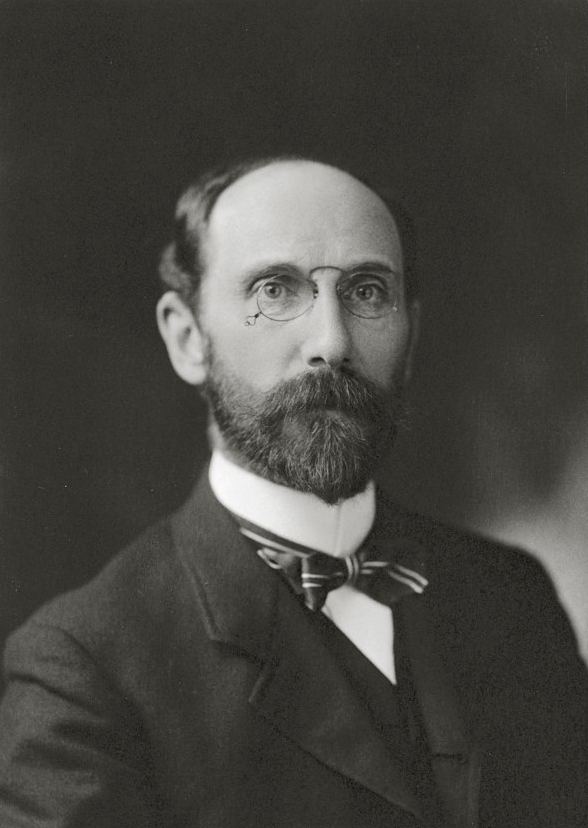
The journal was launched under UM’s auspices as Ars Islamica (1934–51). Ağa-Oğlu, who began serving as Near Eastern curator at the DIA in 1929, held a dual appointment at UM in summer 1932 as the Freer fellow and lecturer of Oriental art. This setup, made possible by Charles Lang Freer’s financial support of UM, facilitated collaboration between the museum and the university—benefitting both institutions as well as the students—and helped the DIA survive the Depression without losing its expert staff.
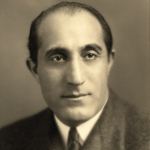
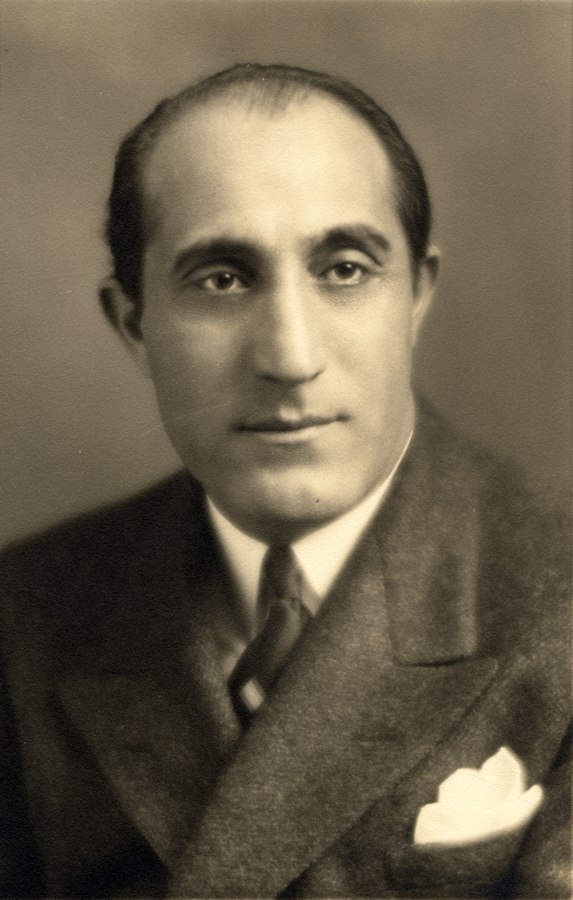
Ağa-Oğlu soon created a robust program of Islamic art, officially recognized as the Research Seminary of Islamic Art. In 1933, he proposed his plan to publish a journal solely dedicated to the study of Islamic art. The idea found support at the university, especially from president Alexander G. Ruthven. Among Ağa-Oğlu’s many efforts to establish Islamic art as an academic discipline, the creation of Ars Islamic may be the most enduring one.
The journal initially appeared as a collaboration between the DIA and UM, and the financial support came from UM’s Freer Research and Publication fund. In the inaugural volume, released in January 1934, Ağa-Oğlu as the founder and editor explained the vision for Ars Islamica:
Ars Islamica appears at a time of universal economic disorder, which affects severely our material and spiritual existence, but it hopes in spite of all difficulties to be of some service to contemporary culture by enlarging knowledge in the field of Islamic Art. Its success in this responsible work depends wholly on the cooperation of scholars and on the support of learned institutions and the art-loving public.
Ağa-Oğlu described the journal’s principal aim as promoting an interest in the study of Islamic art by creating “an academic arena for the discussion of various problems concerning the historical and artistic development of the arts and crafts in Islamic countries.” In addition, he wrote:
The magazine, it may be noted, will take a neutral position and will not represent or support any one point of view. Its pages will be open to comments on problematic questions interpreted from contrasted points of view, since the publishers are of the opinion that only by following this policy can the magazine be of service in advancing its cause.
From the very first issue, Ars Islamica was well received by scholars around the world. By 1935, it had been reviewed in many prestigious publications of the time—such as The Bulletin of the American Institute for Persian Art and Archaeology, Artibus Asiae, New York Times, Gazette des Beaux-Arts, Burlington Magazine for Connoisseurs, and Bulletin de l’Office international des instituts d’archéologie et d’histoire de l’art—as a serious academic undertaking.
The University of Michigan took full responsibility for publishing the journal from the second issue onward. One of the highlights from the early years of Ars Islamica is the issue published on UM’s hundredth anniversary in 1937. This special volume had thirty-five articles, authored by scholars representing fourteen different countries, thus showcasing the journal’s aptitude for bringing together international scholars and supporting diversity in the field.
At the time, the journal had a consultative committee composed of scholars from different countries, as well as from different (but related) fields in art history. The Islamic art scholars serving on the committee included Maurice Dimand, Halil Edhem Eldem, Ernst Herzfeld, Rudolf Meyer Riefstahl, Friedrich Sarre, Josef Strzygowski, Laurence Binyon, Albert Gabriel, Ernst Kühnel, and Gaston Wiet. Scholars from related fields included John G. Winter, professor of Latin and head of UM’s division of fine arts; Alexander G. Ruthven, UM president and professor of zoology; Ananda Coomaraswamy, a prominent scholar of Indian art; John E. Lodge, director of the Freer Gallery and an expert on Japanese and Chinese art; and William Valentiner, director of the DIA and an expert on Dutch art.
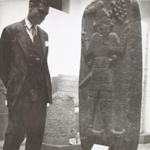
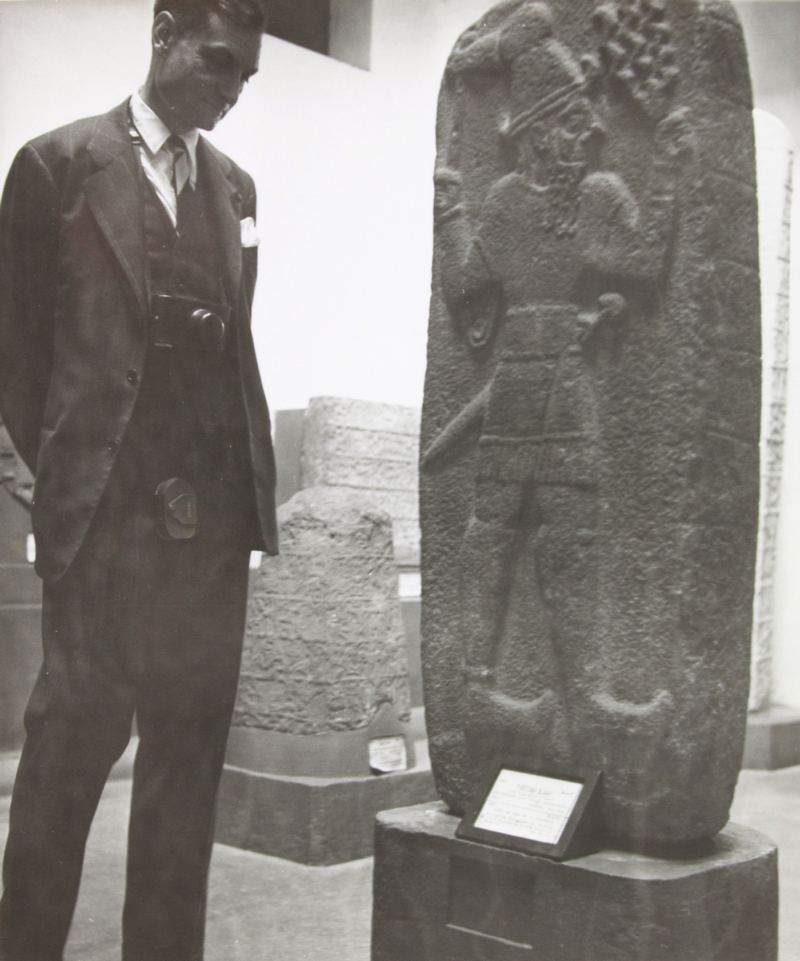
Ağa-Oğlu served as editor of the journal until 1937. The position was subsequently filled by another pioneering figure in Islamic art, Richard Ettinghausen, who upheld the journal’s high scholarly standards and international scope. The political climate of the era, however, inevitably had an impact on Ars Islamica. Evaluating the first ten years of the journal in its 1944 volume, John Winter, director of UM’s division of fine arts, recalled the struggle to maintain the journal’s international character during World War II. Communication with authors abroad was delayed and sometimes lost completely, which in turn delayed or halted publication. Indeed, while Ars Islamica was published twice annually from 1934 to 1941, it appeared once a year from 1941 to 1943 and then intermittently until its final volume was released in 1951. That issue announced that the journal’s name would be changed to Ars Orientalis and it would now cover the arts of the entire Asian continent.
The shift was never intended as a total breakaway from the founding principles of Ars Islamica. In his announcement of the plans for Ars Orientalis, Ettinghausen referred to the rising cost of printing and the increase in article submissions (due to the suspension of scholarly publications in Europe) as the two major obstacles to maintaining Ars Islamica in its established form. Along with broadening its scope, Ars Orientalis would differ from its predecessor, which was published on a fixed schedule, by being published as soon as the appropriate materials were brought together.
By 1951, Ettinghausen had resigned from his position at UM and become the associate curator of Near Eastern art at the Freer Gallery of Art in Washington, DC—bringing the journal’s editorial offices along with him. The Freer Gallery of Art joined the University of Michigan in publishing Ars Orientalis, a partnership that continues to this day. The collaboration was legitimized by article twenty-four of Charles Lang Freer’s will (1918), which states:
The proceeds from the bequest to the University of Michigan shall be used to add to the knowledge and appreciation of Oriental Art. Said income shall be used primarily in aid of research to be conducted by experts regarding the art objects embraced in the collection of Oriental Art transferred or bequeathed by me to the Smithsonian Institution; for the publication of results of such research, and for the preparation of text of descriptive scientific catalogues of said collections whenever the necessary information can be prepared.

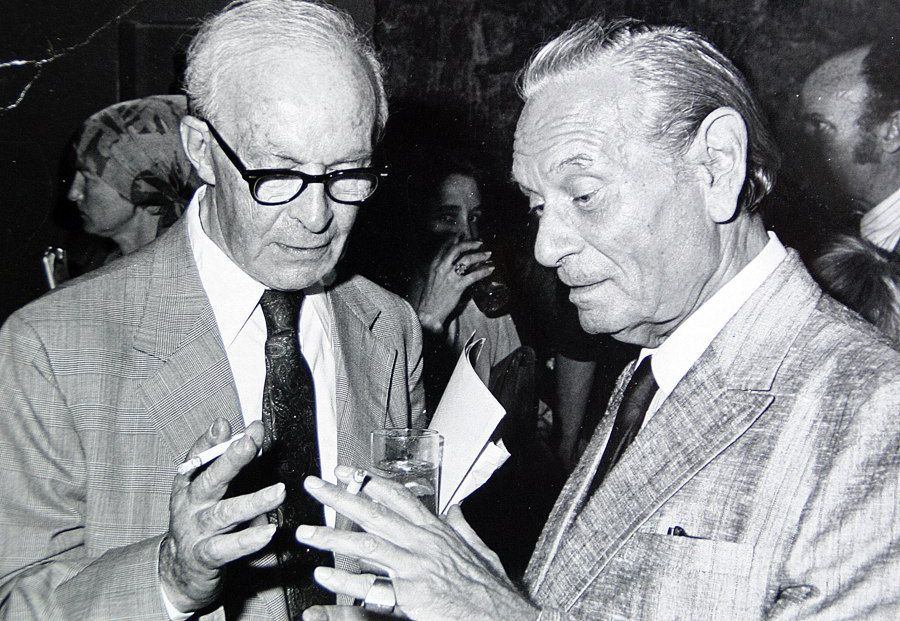
The first volume of Ars Orientalis was published in 1954, with Ettinghausen as the Near Eastern art editor and Max Loehr, a distinguished Chinese art professor at UM, as the editor of Far Eastern art. This editorial setup continued for only two volumes: Oleg Grabar took over as editor of Near Eastern art beginning with the third issue. Grabar also took over the position of UM professor of Islamic art that Ettinghausen had left vacant, and the Ars Orientalis editorial offices moved back to the university. In the first volume he edited, Grabar published his seminal piece “Umayyad Dome of the Rock in Jerusalem,” which had a lasting impact on the field and remains the most accessed article in the journal’s history. With volume 3, the journal also returned to the editorial structure of Ars Islamica, with a consultative committee composed of scholars including Archibald Wenley, Norman W. Brown, Alexander B. Griswold, John D. Cooney, George C. Miles, Laurence Sickman, Antoinette K. Gordon, Alexander C. Spur, and Ettinghausen.
Volume 4 (1961) included nine articles dealing with Far Eastern art and eight dealing with the Near Eastern art. With a few exceptions, the subsequent issues of Ars Orientalis have reflected a geographic balance in their contents and covered the whole of Asia.
Beginning with volume 5 (1963), the editorial structure of the journal shifted from individual editors assigned to specific fields to a board of editors, composed of members from both the Freer and UM. Standout articles from the 1960s and 1970s include James Cahill’s “Yuan Chiang and His School” (1963, 1966); Esin Atil’s “Ottoman Miniature Painting under Sultan Mehmed II” (1973); Barbara Keyser's "Decor Replication in Two Late Chou Chien" (1979); and Helmut Brinker’s “Shussan Shaka in Song and Yüan Painting” (1973). The journal also included book reviews, in-memoriam pieces, notes, and announcements, as Ars Islamica had done.
A special issue on the technical study and conservation of artworks from Asia (vol. 11, 1979) also launched a new phase in the journal’s history, referred to as the “new Ars Orientalis” by its publishers. Largely to reduce printing costs, the journal’s size, number of pages, paper, and binding were modified. These changes in design and production gave the journal the appearance it maintains today in its print version. Around the same time, the Chinese and Japanese Centers at the University of Michigan took over publishing the journal for three years (vols. 12–14); the Freer Gallery and UM’s History of Art Department were named as sponsors. From volume 15 on, UM’s History of Art Department again assumed responsibility for publishing Ars Orientalis.
In the 1980s, editorial duties were shared by an editor, a book review editor, and an editorial committee. Terry Allen (Near Eastern and book review editor), Richard Edwards (Far Eastern editor), and an editorial committee led by Thomas Lawton produced the journal in those years. Highlights of the decade include Yoshiaki Shimizu’s “Seasons and Places in Yamato Landscape and Poetry” (1981); Marianna Shreve Simpson’s “The Production and Patronage of the Haft Aurang by Jami in the Freer Gallery of Art” (1982); Louise Yuhas’s “Lu Chih and the Literati Tradition: Paintings in the Style of Ni Tsan” (1982); Priscilla Soucek’s “The New York Public Library Makhzan al-asrar, and Its Importance” (1988); and Hidemi Kond’s “Shen Nanpin's Japanese Roots” (1989).
In the 1990s, Ars Orientalis started to publish occasional thematic volumes guest edited by pioneering scholars in their respective fields. The first was a special issue on premodern Islamic palaces guest edited by Gülru Necipoğlu in 1993 (vol. 23). It was followed by another special issue on Chinese painting guest edited by Louise Yuhas, published in honor of Richard Edwards (vol. 25, 1995). Other impactful articles from these years are Stanley Abe’s “Art and Practice in a Fifth-Century Chinese Buddhist Cave Temple” (1990); Peter Sturman’s “Cranes Above Kaifeng” (1990); C. Y. Fu’s “Little Hermitage in the Autumn Woods: A Late Ming Painting by Xiang Dexin Misattributed to Tao Fuchu of the Yuan-Shen” (1995); and James Cahill’s “Some Alternative Sources for Archaistic Elements in the Paintings of Qian Xuan and Zhao Mengfu” (1998).
In 2003, through a new agreement between UM’s History of Art Department and the Freer Gallery, the journal’s editorial offices moved to DC. While the Freer has assumed responsibility for publishing the journal, UM provides financial support and plays a key editorial role through its presence on the board.
Ars Orientalis published thematic volumes more frequently during the 2000s, and in 2011, the journal decided to publish themed volumes only. It now focuses on issues of encounter and interaction as well as conflict and accommodation, and aims to redefine and cross boundaries—both spatial and temporal—in the arts of Asia. Recent volumes include: Exhibiting the Middle East: Collections and Perceptions of Islamic Art (guest edited by Linda Komaroff); Communities and Commodities: Western India and the Indian Ocean, Eleventh to Fifteenth Centuries (guest edited by Alka Patel); Current Directions in Yuan Painting (guest edited by Nancy S. Steinhardt); Theorizing Cross-Cultural Interaction among the Ancient and Early Medieval Mediterranean, Near East, and Asia (guest edited by Matthew P. Canepa); Globalizing Cultures: Art and Mobility in the Eighteenth Century (guest edited by Nebahat Avcıoğlu and Finbarr Barry Flood); and Royal Portrait Photography Across Asia (edited by Nancy Micklewright).
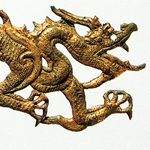
Ars Orientalis celebrated its sixtieth anniversary, and the eightieth year since Ars Islamica was first published, with a bold new step. With volume 44 (2015), on the arts of death in Asia (guest edited by Melia Belli), Ars Orientalis launched its first entirely digital volume in collaboration with UM Publishing. For the first time, we are able to offer Ars Orientalis with innovative online features and tools—just the latest development in the history of this pioneering publication.
